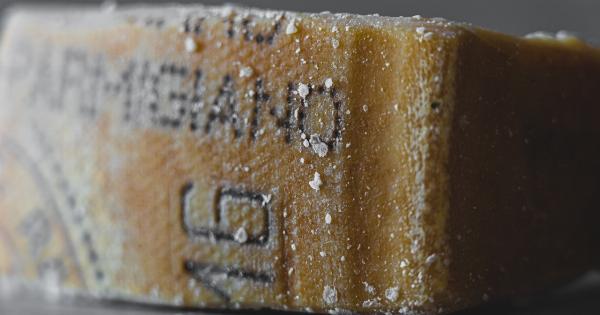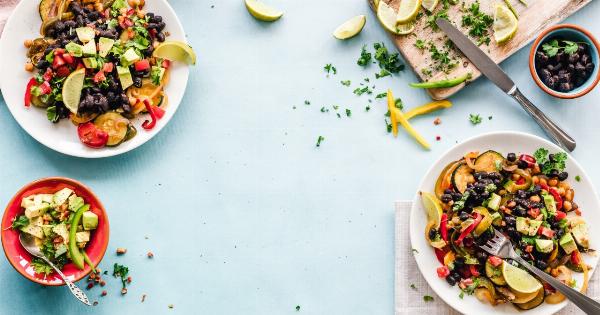Brazilian cuisine is known for its bold and vibrant flavors, with influences from Portuguese, African, and indigenous cultures.
From the famous barbecued meats to the eclectic mix of seafood dishes, it’s no surprise that Brazilian cuisine has become popular all around the world.
However, there are hidden dangers that many people might not be aware of. These hazards range from the risk of food poisoning to the potential for high levels of sodium and sugar in some dishes.
In this article, we’ll explore these issues and give tips on how to enjoy Brazilian cuisine safely and healthily.
Food Poisoning
Food poisoning is a serious concern in any country, and Brazil is no exception. Some common culprits of foodborne illness in Brazilian cuisine include undercooked meats, contaminated seafood, and unpasteurized dairy products. Salmonella, E.
coli, and hepatitis A are just a few of the potentially dangerous pathogens that can be found in Brazilian foods.
To reduce your risk of food poisoning, it’s important to make sure that all meats and seafood are cooked thoroughly before eating. Avoid street food, especially if the vendor doesn’t have proper food handling facilities.
Be aware of food safety when ordering dishes prepared with raw ingredients such as ceviche or tartare. Always wash your hands and any kitchen utensils that have come in contact with raw meat or seafood.
High Sodium Levels
Another hidden danger of Brazilian cuisine is the high levels of sodium in some dishes. Many traditional Brazilian meals, such as feijoada and churrasco, are high in salt due to the use of salted meats or seasoning blends that contain sodium.
It’s not just savory dishes either – sweet desserts such as brigadeiros can contain high amounts of added sugar.
High sodium intake can lead to health problems like high blood pressure, heart disease, and stroke.
To reduce your sodium intake while still enjoying Brazilian cuisine, opt for dishes that are prepared with fresh vegetables and unprocessed meat or seafood. You can also ask for dishes to be prepared with reduced or no added salt. Finally, try making healthy versions of traditional Brazilian dishes at home with little or no added sodium.
Overeating
Brazilian cuisine is delicious, but it can also be very filling. All-you-can-eat churrascarias are a popular dining option, but it’s easy to overindulge with so many meats and sides to choose from.
In fact, one Brazilian study found that people tend to overeat at all-you-can-eat restaurants, leading to weight gain and other health problems.
To avoid overeating, start with smaller portions and savor the flavors of each dish. Take breaks in between courses and drink plenty of water.
If you’re dining at a churrascaria, try to stick with lean meats like chicken or fish instead of overloading on red meat. And always remember – it’s okay to say no to seconds!.
Vegetarian and Vegan Options
If you’re a vegetarian or vegan, don’t worry – there are still plenty of delicious options for you to try in Brazilian cuisine.
Many restaurants offer meat-free versions of traditional dishes like feijoada, made with beans and vegetables instead of meat and pork.
You can also try Brazil’s famous street food, the empada – small, savory pastries filled with cheese, vegetables, or meat substitutes.
And of course, the country’s wide variety of tropical fruits like guava, passionfruit, and coconut are always vegan-friendly options for dessert.
Cultural and Ethical Considerations
Finally, it’s important to keep cultural and ethical considerations in mind when dining on Brazilian cuisine.
Some ingredients, such as farofa (toasted cassava flour) or dendê oil, may contain palm oil, which has been linked to deforestation in the Amazon rainforest and habitat loss for endangered species like the orangutan.
Other dishes, such as those containing shark or turtle meat, may contribute to the decline of threatened or endangered species.
Consider asking your server about the origins of certain ingredients or dishes, and opt for vegetarian or sustainable seafood options whenever possible.
Conclusion
Brazilian cuisine can be a delicious and exciting culinary adventure, but it’s important to be aware of the hidden dangers that come with it.
By following food safety guidelines, monitoring your salt and sugar intake, and being mindful of cultural and ethical considerations, you can enjoy Brazilian food safely and healthily. So go ahead – try that new dish you’ve been eyeing on the menu, and savor every flavorful bite!.































